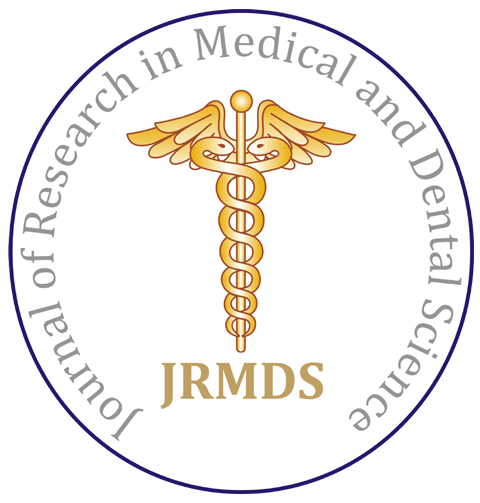A Study of the Relationship between Emotional Intelligence and Patient Safety Culture among Emergency Nurses in Selected Hospitals in Shiraz in 2017
Author(s): Somayeh Rezaei, Shayesteh Salehi
Abstract
Providing a favorable and quality nursing care for patients who are members of the community has made patient safety a very important issue in improving the quality of health care in the country, and the nursing profession is full of interactions, especially in terms of the emotional dimension. Therefore, nurses must be able to recognize and manage their own and patients’ emotions in order to make better decisions based on the situations and provide quality care. Hence, the aim of this study was to investigate the relationship between emotional intelligence and patient safety culture among emergency nurses of selected hospitals in Shiraz in 2017. This descriptive-analytical study was performed on 150 emergency nurses of selected hospitals in Shiraz in 2017. To measure the four components of emotional intelligence, Bradberi and Greaves' questionnaire were used and the Hospital Survey on Patient Safety Culture (HSOPSC) standard questionnaire was used to measure the safety culture of the patient. The data were analyzed by Pearson correlation test and regression analysis. The results of this study showed that the mean of emotional intelligence and safety culture was higher than the average level of theoretical society. The results also showed that there is a positive and significant relationship between the dimensions of emotional intelligence (self-awareness, self-management, social consciousness and relationship management) and the patient safety culture (P <0.05). There is a direct relationship between emotional intelligence and patient safety culture. Therefore, comprehensive planning in the field of growth and development of emotional intelligence in nursing staff can lead to their personal and professional growth and enhance the status of patient safety culture. This increases the productivity of nurses and satisfaction of patients as a whole and ultimately improves the health of the community.
<